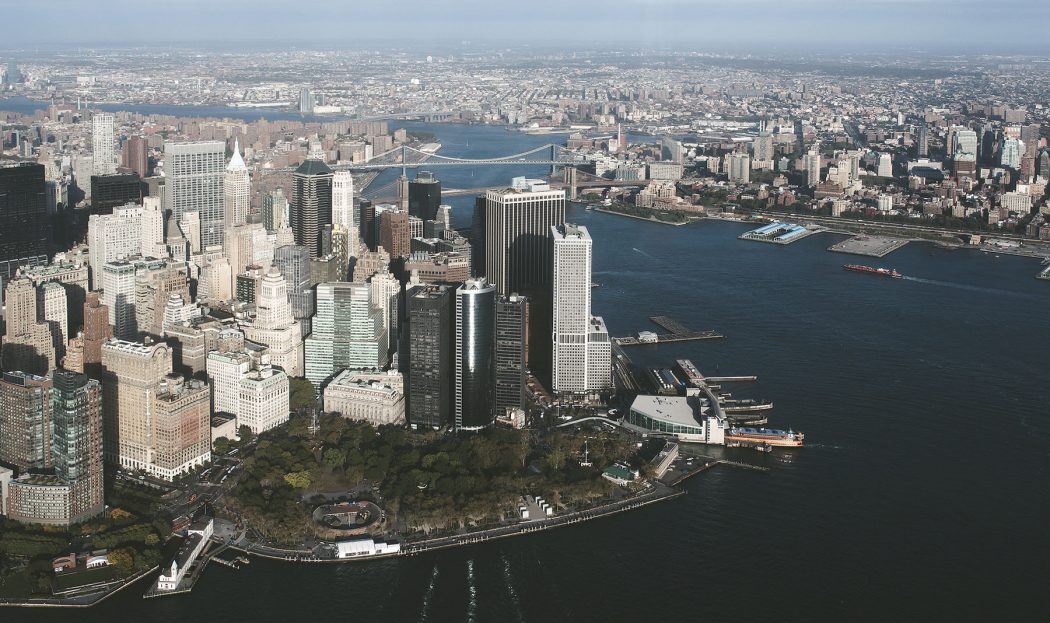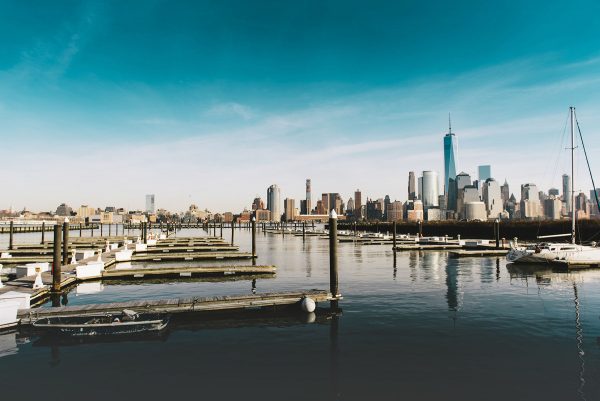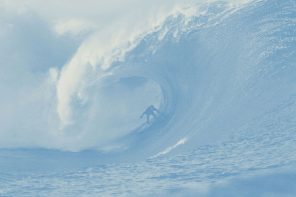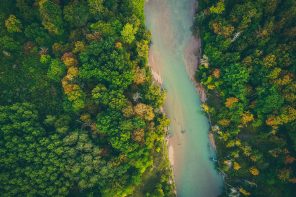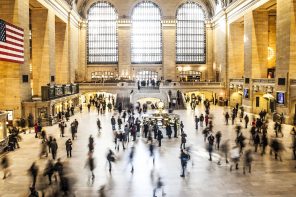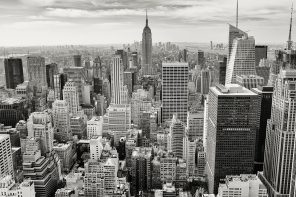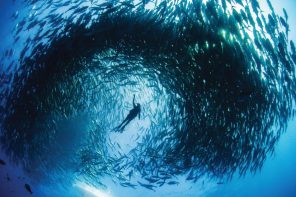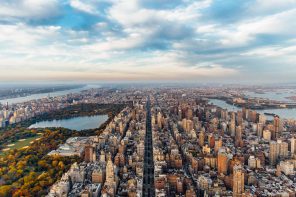In a place like New York, the importance of clean and accessible water can be easily overlooked. Thankfully, we know a few folks that have spent a considerable amount time beneath the surface. In an effort to identify what’s really going on with our waters, we tapped our friends over at The Nature Conservancy and asked them to shed some light on the major water-related issues currently facing New York, as well as what people can do to take action and get involved right now.
1. Water Quality
Across the state, the systems and infrastructure we use to treat our water have failed us or need to be updated. On Long Island, decades of nitrogen pollution from sewage leaking into our waters has caught up with us. Excess nitrogen has polluted our waters. That’s why you may have noticed some of your favorite bays and harbors have been closed due to algal blooms.
The algal blooms are toxic to both people and wildlife, especially the shellfish we love to eat. At The Nature Conservancy, we’re testing new solutions to reduce nitrogen in the water and have helped secure more than $2.5 billion for water projects across New York State.
What You Can Do: Tell your elected officials this issue matters to you and become an advocate for clean water on Long Island.
Learn more about water quality on Long Island, over here.
2. Water Scarcity
There’s a perception that we have a lot of water in and around New York, but small changes can cause big problems that could lead to water scarcity. Dry years or algal blooms might leave New York with a water shortage, and as we see longer and more intense droughts due to climate change, a water shortage only becomes more likely.
The Nature Conservancy has been working with the state to pinpoint vulnerabilities and create sustainable plans for cities and towns to better manage their water.
What You Can Do: Be smart about your water use—run full loads of laundry and dishes and take speedy showers. Most importantly, encourage your local government to make a plan for sustainable water use into the future.
3. Floods, Storms and Sea-Level Rise
Climate change affects communities from Montauk to Albany and everywhere in between. In places inland and upstate, flooding is a major and persistent problem. Along coasts, New York sees flooding due to sea-level rise and intense storms.
A lot of the best solutions come from nature—strengthening wetlands and sand dunes can go a long way.
We’re working with communities along the coast and across the state to help them identify their vulnerabilities and develop strong actions to increase their resilience to the effects of climate change.
Learn more about building coastal resilience, here, and get acquainted with flood-smart communities, over here.
4. Pollution in the New York Harbor
Pollution has plagued New York Harbor and resulted in poor water quality and less marine life, especially oysters. Oyster reefs used to be abundant in the harbor and the Hudson River estuary, but populations have declined dramatically due to overharvesting and pollution. Now, they’re functionally extinct in the harbor. Oysters are important members of marine ecosystems because they filter the water. Oyster reefs also provide important habitat for other species.
The Nature Conservancy has partnered with Billion Oyster Project, who has grown 19.5 million oysters to date. Together, we work with Billion Oyster Project to improve the health of the harbor by providing our scientific expertise. Our staff members are studying the oyster reefs and monitoring water quality to figure out what’s working and how to sustain efforts like this long term and in other parts of the state.
Find out more about the partnership, over here.

